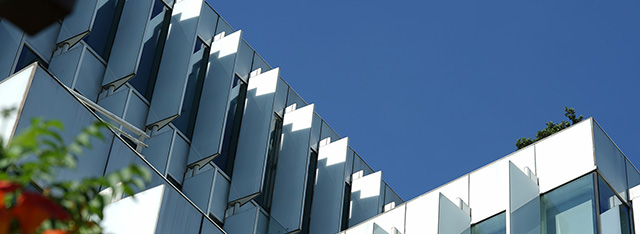Glass lining equipment is a glass glaze containing high silica sprayed on the inner surface of steel containers, which is firmly adhered to the metal surface as a composite material product after high temperature burning. Therefore, it has the double advantages of glass stability and metal strength, widely used in chemical, petroleum, pharmaceutical, pesticides, dyes, food and other industries, is an excellent corrosion-resistant equipment.
First, the use of glass-lined equipment
In order to ensure the normal service life of glass-lined equipment, glass-lined equipment is not suitable for the following media or materials reaction, polymerisation, storage, heat exchange and other chemical processes.
(1) Hydrofluoric acid of any concentration and temperature and media or materials containing fluoride ions.
(2) Concentration greater than 30%, temperature greater than 180 ° C of the phosphoric acid medium or material.
(3) Alkaline medium or material with PH value greater than 12 and temperature higher than 70°C.
(4) Acid and alkali materials alternating reaction process.
Glass lining equipment in the temperature drastic changes in the temperature generated by the excessive temperature difference will lead to bursting, damage to the equipment, so in the use of the process should be slowly warming up or cooling down, and strictly prevent the polycooling polyheat.
Second, glass lining equipment installation precautions
(1) equipment should be installed before the equipment glass-lined surface cleaned with water, wearing clean rubber shoes into the view of the glass lining is intact, whether there are pinhole-like damage points, do not rely solely on the eye to see to use the instrument; check whether the components are complete, such as defective timely replacement.
(2) The installation process is strictly prohibited crowbar, hand hammer and other direct contact collision glass lining parts, so as to avoid glass lining damage.
(3) equipment in the lifting process can only make its support, lifting ring force, do not allow the receiver, clamps, pipe mouth and other weak parts of the force, to be gently put up to avoid falling, not to hammer the tank.
(4) equipment flange and receiver parts of the fastening, should follow the principles of chemical vessel installation, symmetry, uniformity and gradual fastening, so as not to cause damage to the glass lining surface due to excessive local stress. If the gasket is found to lose elasticity during disassembly, it should be replaced in time.
(5) The card is one of the main pressure components of the equipment, in the installation process, in addition to the requirements of its force uniformity, should also ensure the quality and quantity, must not be installed with residual or reduced.
(6) reaction tank installed on the sight glass is a brittle material, installation in addition to ensure uniform fastening, the compression force should not be too large. Such as local leakage should be plugged bias cushion, to avoid the local force is too large to crack.
(7) glass-lined reaction tank stirrer installation, should pay attention to the assembly of anti-loosening pin or anti-loosening nut and other anti-loosening parts, and check whether the direction of rotation of the stirrer is the same as the direction shown in the chart, so as to avoid the operation of the stirrer reversed off and smashed the lining.
(8) such as glass-lined equipment set on the metal components, only allowed in the jacket and other non-glass-lined parts of the outer surface of the welding, welding speed should be fast, and take appropriate cooling measures, if in the pipe mouth, inlet, flange near the welding should be tightly covered by the pipe mouth, so as not to weld slag spattering damage to glass-lined surfaces.
(9) after the installation of equipment, should be a variety of components and tank carefully checked to confirm that there is no error before the empty test run.
Third, the use of glass lining equipment in the process of precautions
(1) equipment to join the material should not exceed the nominal capacity, and do not allow to join a small amount of material or empty tank heating. Materials added to the equipment should be strictly prevented from entrapment of lumps of metal or debris; avoid cold tank heating material or hot tank with cold material.
(2) Heating or cooling should be carried out slowly, using steam heating, the jacket is first passed into the 0.1Mpa steam to maintain 15min and then pressurised, until it rises to the operating pressure, but shall not exceed the design pressure.
(3) The operating temperature range of glass-lined equipment under design pressure is 20-200°C.
(4) Avoid using iron bar, shovel in the equipment stirring or scratching, if indeed necessary, can be used to operate the wooden stick, bamboo strips.
(5) glass-lined reaction tank with a wing thermometer set, according to the needs of the process in the range of 0-90 ° C adjusted at any angle, adjusting the angle should be carried out in the shutdown state.
(6) The lubricant in the mechanical seal cavity should be clean and should not be entrapped with solid particles.


